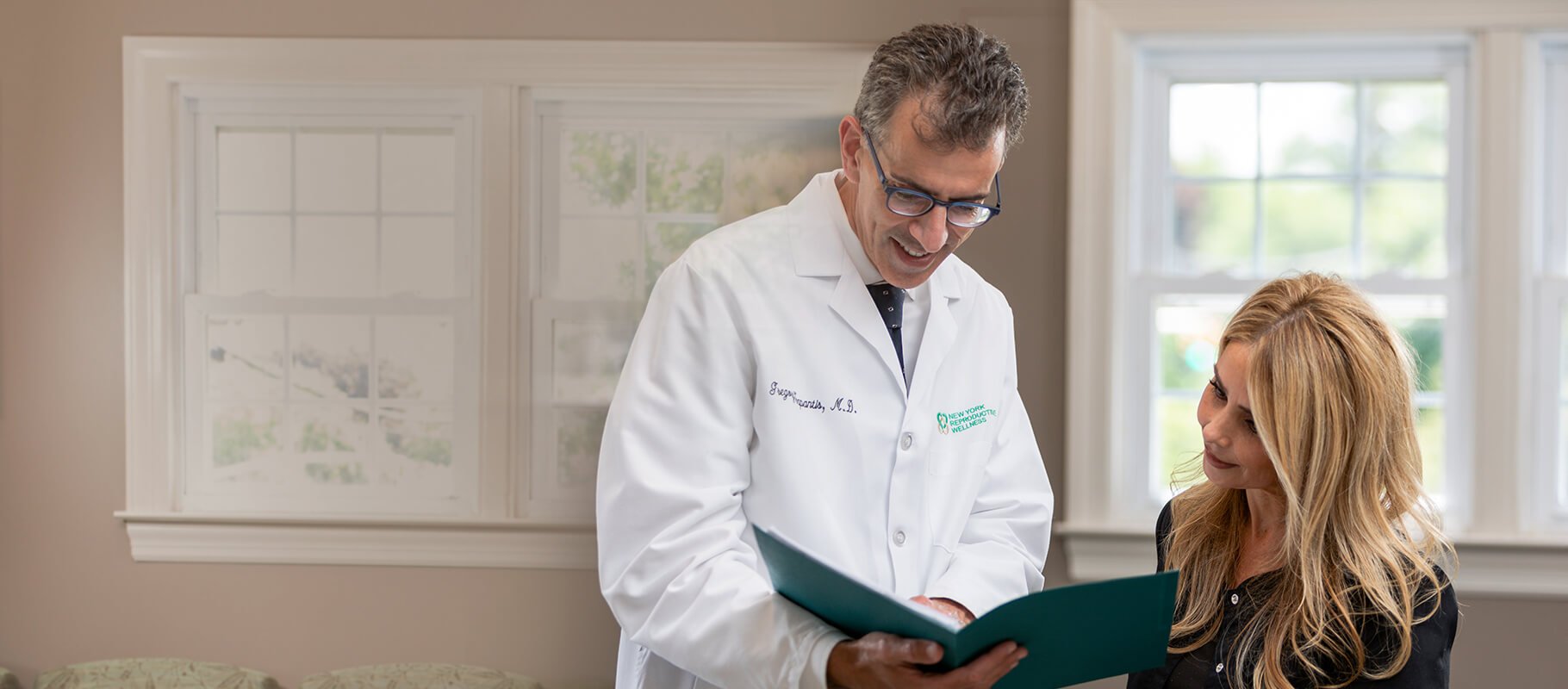One Healthy Mom, One Healthy Baby.

If you've been trying to conceive without success for a year a more, the experience can be frustrating and choices that lead to a healthy delivery may not be so obvious to many.
Twins are cute, right? Adorable. Absolutely. A twin pregnancy is safe, right? Umm, not so fast. There is more risk for moms who carry twins and more risk for the twins themselves, from complications during pregnancy and labor, to longer stays in the NICU for preemie twins.
That’s why the field of IVF, including New York Reproductive Wellness (NYRW) and Dr. Zapantis, has moved away from transferring two or more embryos into women at one time. And because reproductive medicine has advanced so much in the last few decades, doctors know a lot about each embryo their patients make. That means they know which embryo will have the best chance of success in the uterus, and can transfer just one embryo at a time. This is called Single Embryo Transfer (SET).
Why were doctors transferring multiple embryos anyway? Well, because they wanted their patients to get and stay pregnant. We know that all embryos aren’t perfect, and that many are abnormal, meaning they won’t implant or will result in miscarriage. Since doctors had no idea whether an embryo was normal or abnormal in the past, they would transfer multiple embryos in hopes that if one didn’t implant or miscarried, the other normal one would result in a pregnancy and birth. What ended up happening? Multiple embryos would end up being normal and stick, resulting in twins, triplets or more.
Luckily, over the last 10-years advances in reproductive medicine have made SET possible and all but eliminated the need to transfer more than one embryo at a time. SET reduces the risk for mom and baby and improves IVF pregnancy rates. How? You guessed it – doctors only transfer chromosomally balanced embryos (known as euploid), and don’t transfer abnormal embryos (known as aneuploid.) And how do they know which is which? By performing genetic testing on the embryo, known as Pre-implantation Genetic Testing for Aneuploidy (or PGT-A).
Here’s how it works: once the sperm has fertilized the egg and created an embryo, embryologists will biopsy a tiny piece of the outside of the embryo (the part that would become the placenta) and test it for the number of chromosomes it contains. If it has 46 chromosomes, it’s normal. If it has fewer or more than 46, it’s abnormal, so doctors don’t transfer it.
Not very complicated, right? Basically, PGT-A makes SET possible, and SET means less risk for you and your baby, and a higher chance of getting pregnant and delivering one healthy baby in the shortest time possible.
At NYRW our 2020 SET rates meet or exceed US benchmarks from SART or CDC based on age group.







